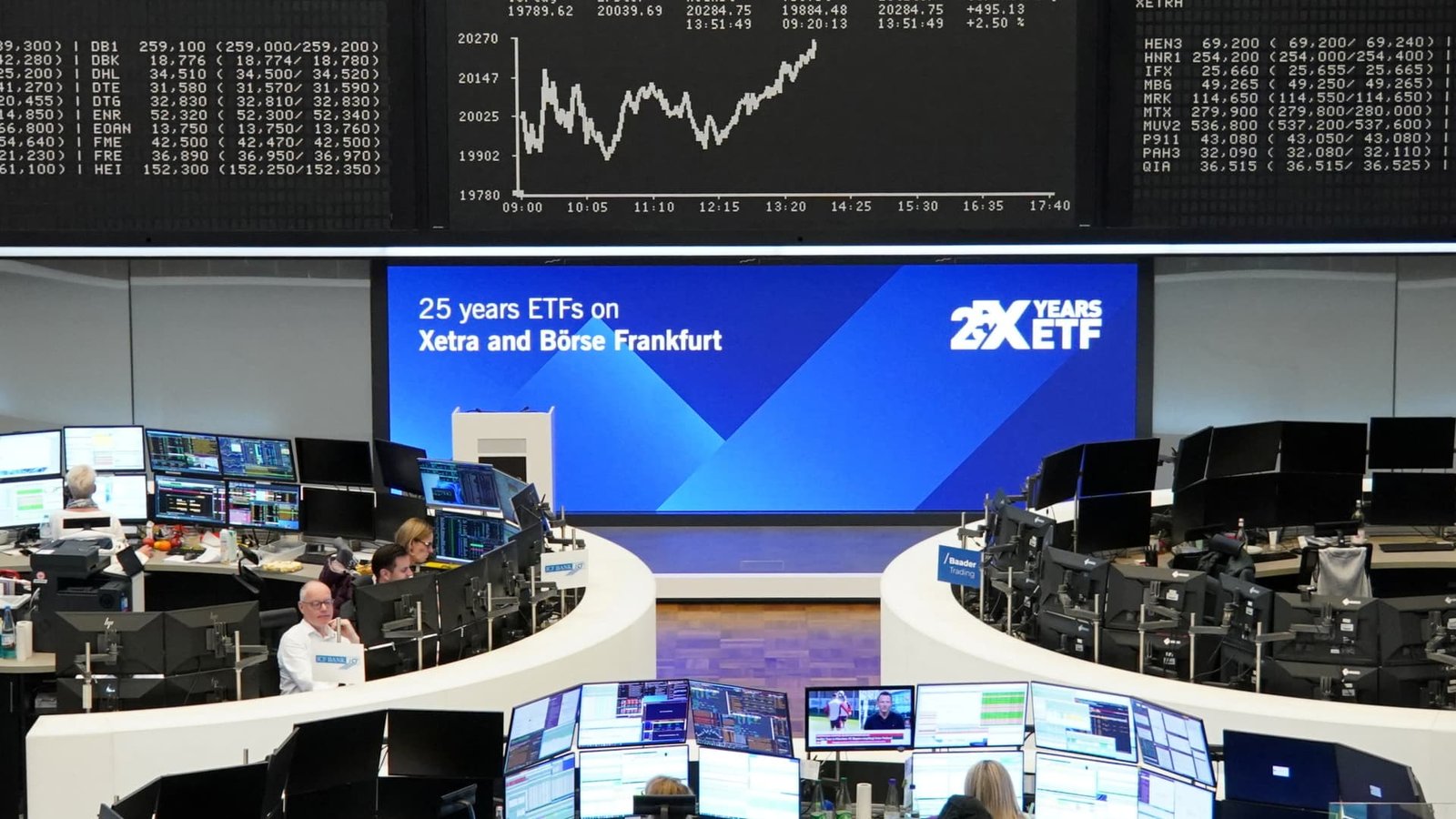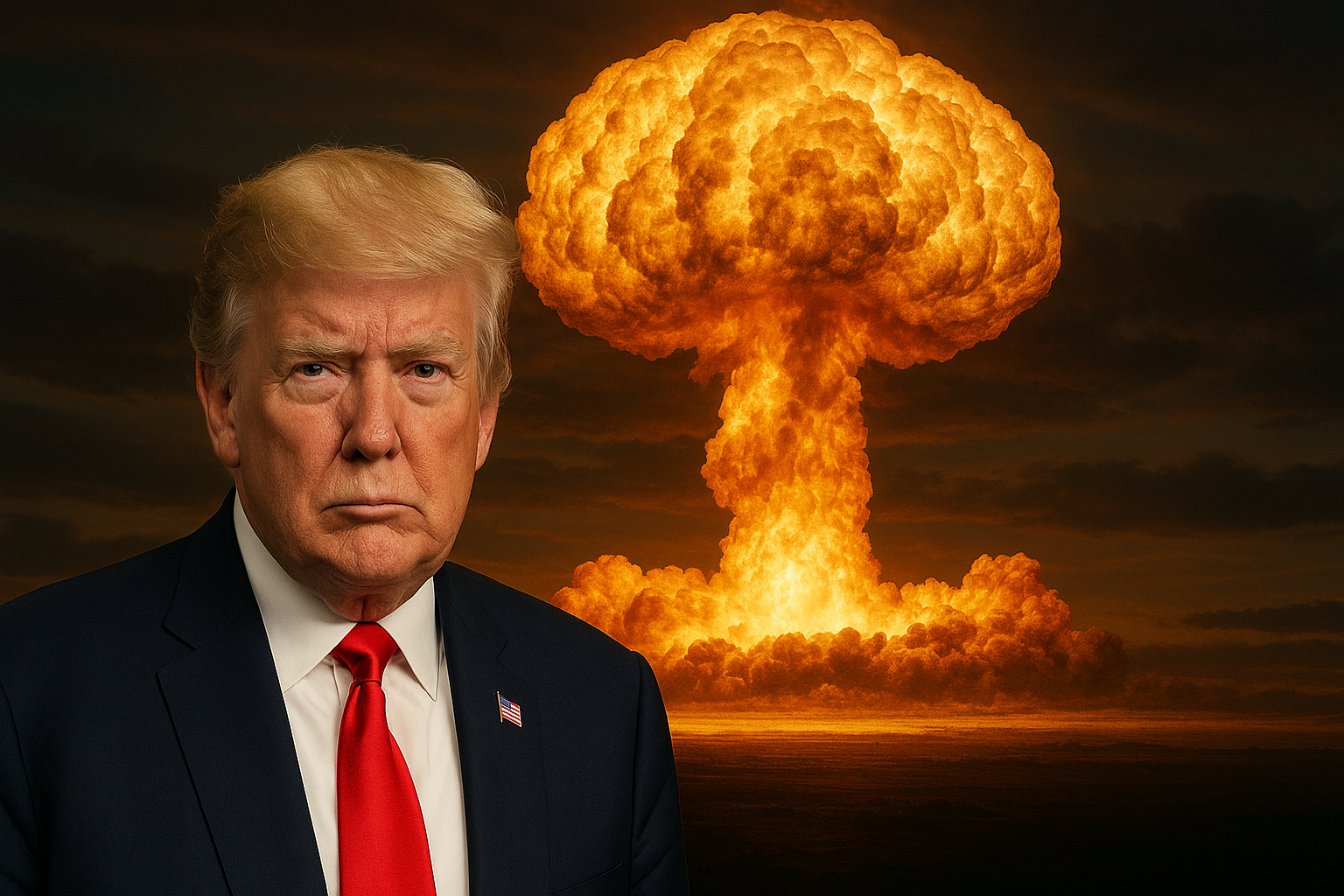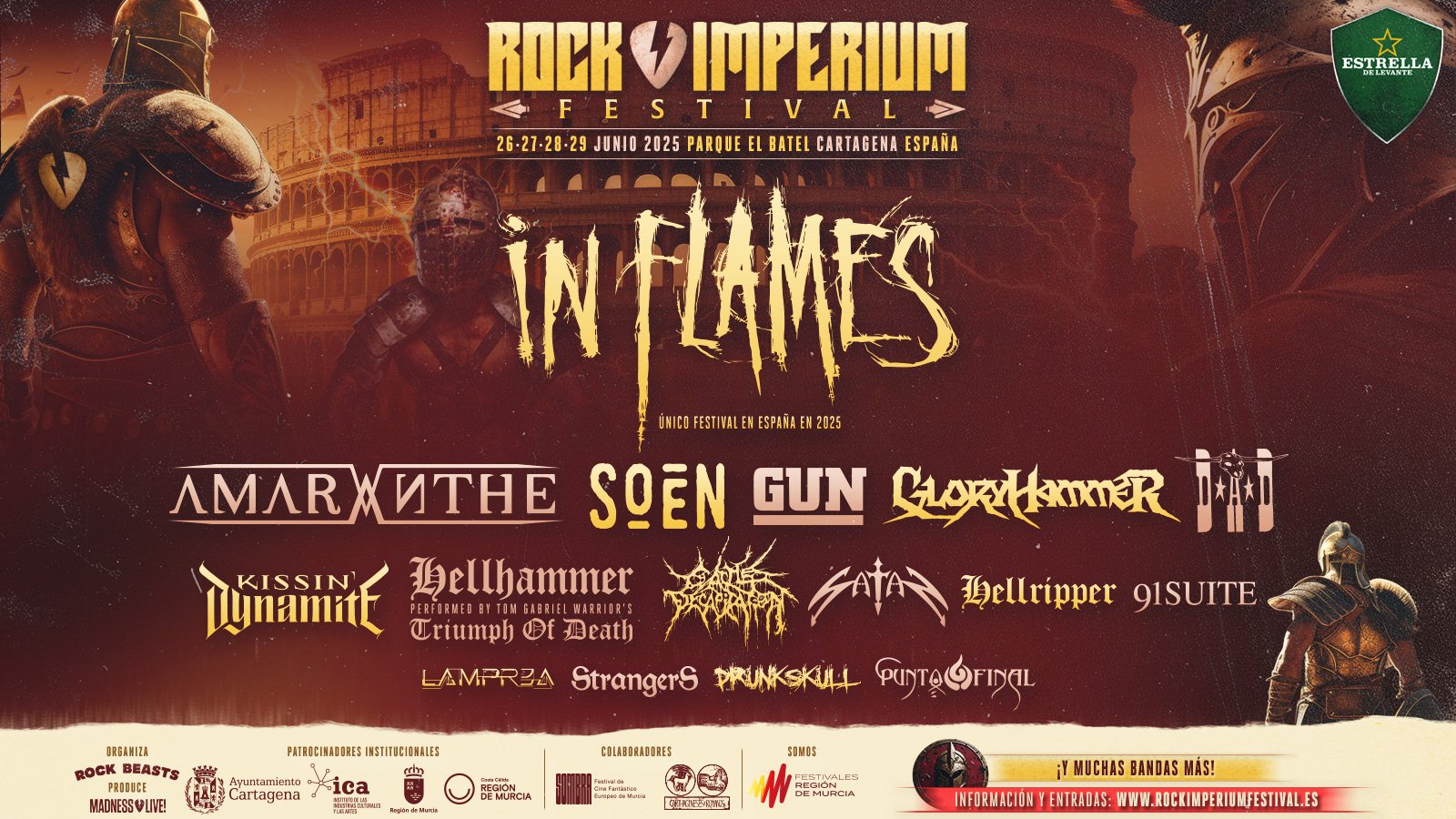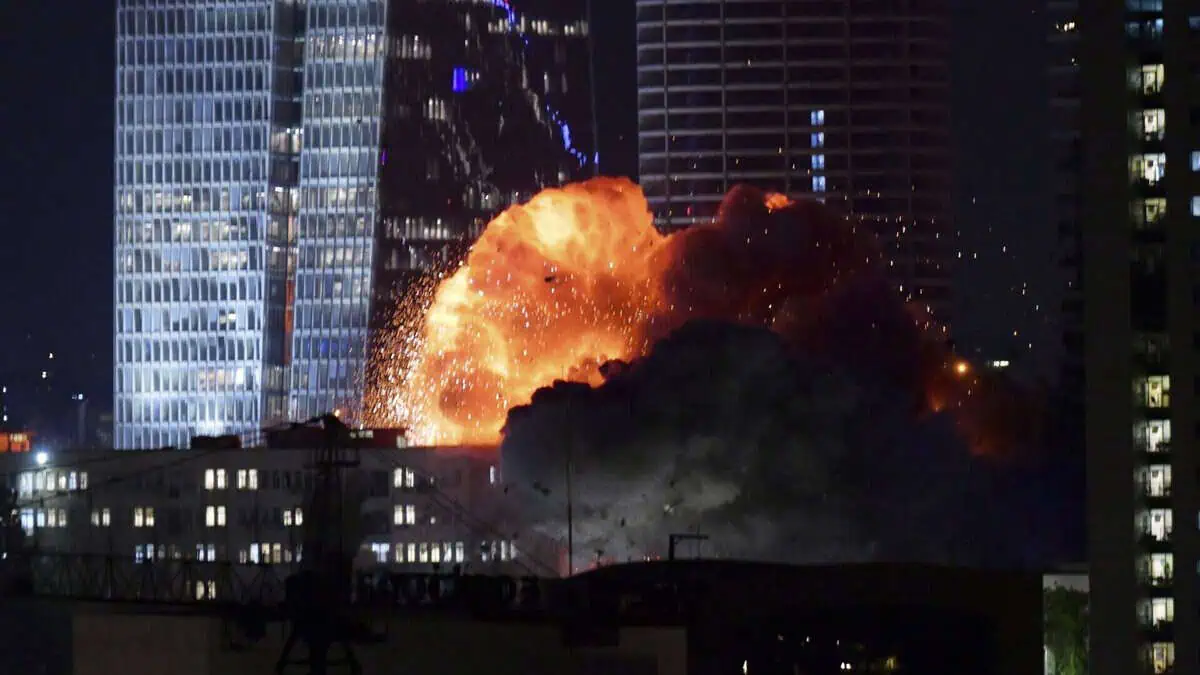G7 in Canada 2025: Global Tensions, Iran-Israel War and the U.S. Position
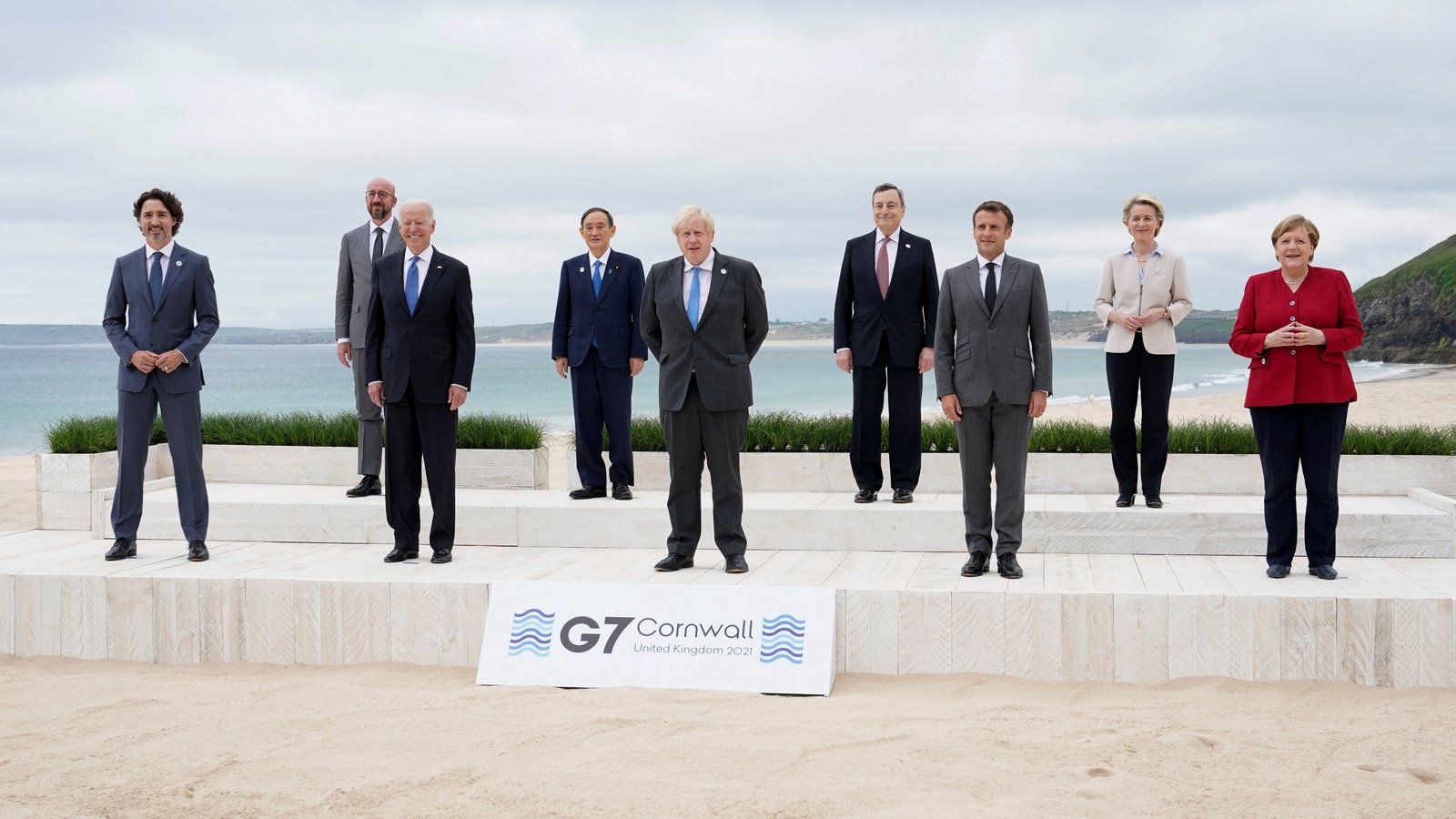
The 2025 G7 summit, held June 16–17 in Kananaskis, Canada, has been one of the most tense and critical in recent years. Amid the Israel-Iran war, rising oil prices, nuclear threats, and U.S. diplomatic retrenchment, world leaders faced an explosive agenda.
Iran-Israel War at the Core — With hundreds dead and a growing risk of regional escalation, the Iran-Israel war dominated the summit. G7 leaders failed to reach a unified stance. While Europe pushed for de-escalation, Trump refrained from direct commitment but warned of a "massive response" if U.S. bases were attacked.
Trade and Energy Tensions — With oil prices rising over 10 %, energy security dominated talks. The safety of the Strait of Hormuz is at risk. Europe proposed boosting reserves and seeking alternatives, while Trump hinted at releasing U.S. strategic stockpiles.
U.S. Ambiguity — Trump arrived with a minimal delegation, skipped key bilateral meetings, and reiterated his "America First" stance. Though he did not block joint statements, his reluctance to engage on climate, defense, and trade irked several allies.
Weak Outcomes and Future Warnings — The final communiqué avoided strong language on Iran or Israel, instead issuing general calls for stability. Analysts warn this lack of unity and leadership weakens the G7's influence against China, Russia, and others.
Conclusion — G7 2025 highlighted a fragmented world: an active Middle East war, a withdrawn superpower, and a struggling alliance of democracies. The NATO summit (June 24–25) may set the tone for a unified response—or further divergence.




